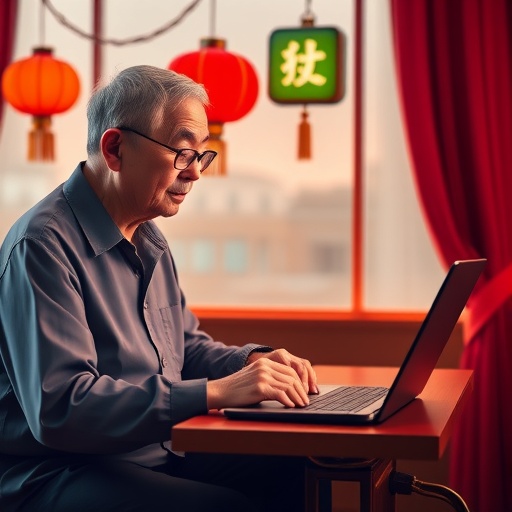From live-streaming funerals to online memorial pages and even chat-bots that use people's social media footprints' to act as online ghosts, the digital afterlife industry (DAI) has become big business.
Our internet activity, commonly referred to as digital remains, lives on long after we die. In recent years, as firms such as Facebook and experimental start-ups have sought to monetize this content by allowing people to socialise with the dead online, the boundaries around acceptable afterlife activity and grief exploitation, have become increasingly blurry.
To date, there has been little effort to build frameworks that ensure ethical usage of digital remains for commercial purposes. However, new research from the Oxford Internet Institute (OII) suggests that the guidelines used to manage human remains in archaeological exhibitions could be used as a framework to regulate the growing industry and make the commercial use of digital remains more ethical.
The study, published in Nature, was conducted by Professor Luciano Floridi, Professor of Philosophy and Ethics of Information and Director of the Digital Ethics Lab, and Carl Öhman, a postdoctoral researcher at OII, advises that online remains should be viewed in the same way as the physical human body, and treated with care and respect rather than manipulated for commercial gain.
The paper suggests that regulation is the best way to achieve this and highlights the frameworks used to regulate commercial use of organic human remains as a good model to build on.
A document of particular interest is the International Council of Museums (ICOM) Code of Professional Ethics. The text cautions that human remains must be handled in accordance with their inviolable 'human dignity'. Central to this concept is the fact that it applies regardless of whether the patient is aware or not – to individuals and groups alike. A factor that has proven key to the process of repatriating remains from marginalised and previously colonised groups, such as the First Nations.
The code states explicitly that human dignity requires that digital remains be seen as the informational corpses of the deceased and regarded as having inherent value. They therefore must not be used solely for commercial gains such as profit.
Carl Öhman commented: 'Much like digital remains, archaeological and medical exhibit objects such as bones and organic body parts, are both displayed for the living to consume and difficult to allocate to a specific owner. As exhibits have become increasingly digitalised and made available online, the ethical concerns of the field appear to be increasingly merging with those of the digital afterlife industry.
'The fact that these frameworks have proved effective is heartening and suggests that they could also be used in the same way for the DAI.'
Adopting a similar regulatory approach for the DAI would clarify the relationship between deceased individuals and the firms holding or displaying their data.
In recommending a framework for regulation the paper identifies four Digital Afterlife industries; information management services, posthumous messaging services, online memorial services and re-creation services – which use a person's digital footprint to generate new messages replicating the online behaviour of the deceased.
While this service has yet to be adopted by mainstream technology giants, such as Facebook and Twitter, the paper finds that the services provide the highest level of online presence post-mortem. It is therefore both at risk of exploiting the grief of the loved ones of the deceased and the greatest threat to an individual's afterlife privacy.
Professor Luciana Floridi, said: 'Human remains are not meant to be consumed by the morbidly curious. Regardless of whether they are the sole legal owner of the deceased's data – and irrespective of whether the opinion of their next of kin, with regulation, DAI firms would have to abide by certain conventions, such as, preventing hate speech and the commercial exploitation of memorialised profiles'.
Under these regulations, firms would be required to at the very least guarantee that consumers are informed on how their data may be used or displayed in the event of their death.
Professor Floridi added: 'In developing a constructive ethical approach for the use of digital remains the first step is to decide to what extent, and under what circumstances, our memory of the deceased is driven and shaped by the commercial interests of the industry. The second and equally important step will be to develop a regulatory framework, commonly adopted, to ensure dignity for those who are remediated and remembered online.'
###
Notes to editors:
Full paper citation An ethical framework for the digital afterlife industry by Carl Öhman & Luciano Floridi
https://www.nature.com/articles/s41562-018-0335-2
Media Contact
Lanisha Butterfield
[email protected]
01-865-280-531
@UniofOxford
http://www.ox.ac.uk/




